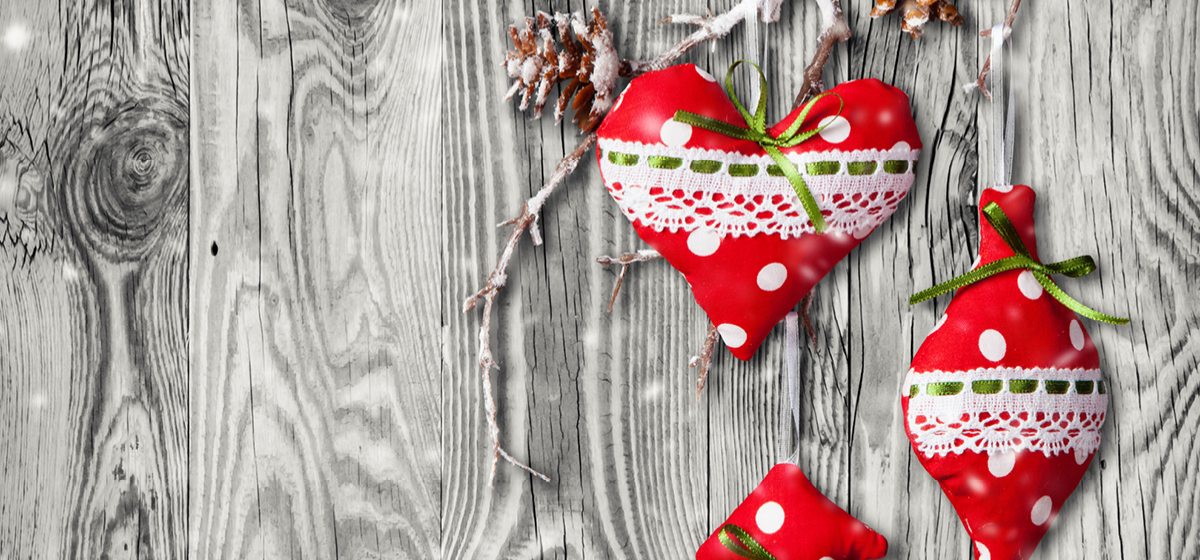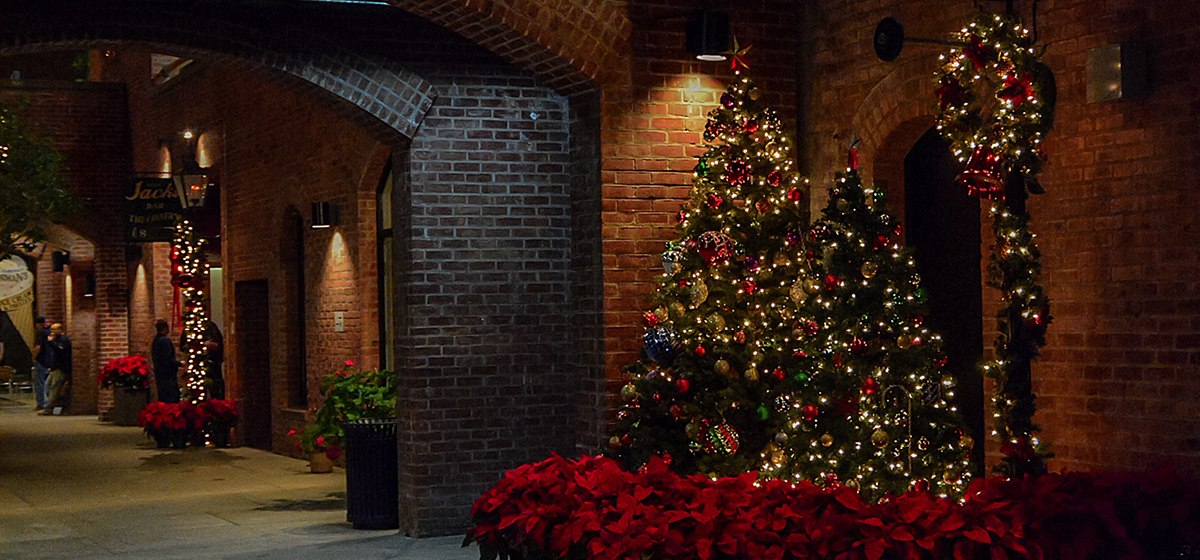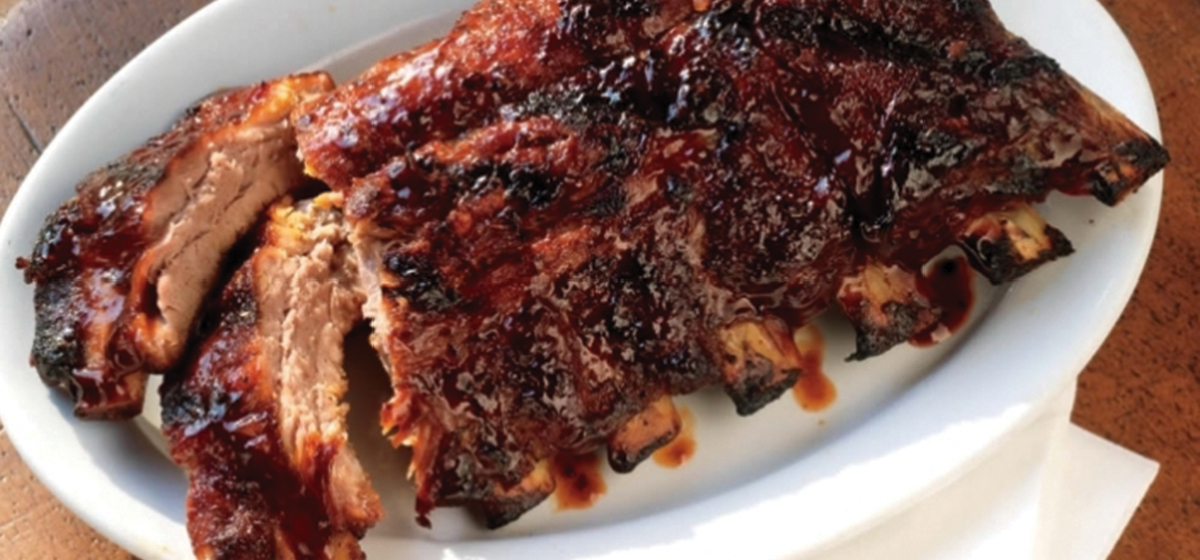I’ll be honest. Denmark was a place I’d learned about as a child, but once the middle school lesson about Vikings ended, thoughts of that faraway place ceased—until the summer of 2002. My husband came home from work and shared with me that he had heard about some foreign exchange students who needed a place to live for the upcoming year. There were several who had been approved for the program, but were without host families—and he felt led to help. Me? Not so much. At that time, I was the mother of two small children and the owner of a new small business. How in the world would I have time to add another to the household, not to mention that “other” was a teenager? Plus, what about the unknown factor of bringing a stranger into our home with impressionable young children? Trying to at least SEEM like I had an open mind, I agreed to look over the photos and bios of the students and choose one that I MIGHT be willing to host. Wes would do the same, and we’d discuss. We did this and, amazingly, we picked the same student. His name was Jeppe Pedersen and he was from Denmark. Even so, I argued, our children would need to agree to share a room for a year and have a stranger come live with us as another of our “children” – no way would they agree, I said. I was wrong. They were thrilled with the idea! As I’m sure you can surmise, we DID host that foreign exchange student, and it was one of the most wonderful decisions we ever made.
Jeppe was with us from August 2002 until July 2003. We agreed that if he was going to live with our family, we would treat him like family, and we did. He went everywhere we did—out to eat, to church, holiday gatherings with extended family, and even on vacation. Additionally, he had chores and responsibilities just like our kids, along with a curfew (which was a little new to him). A couple of years later, his brother Søren came to the U.S. and lived with a family in Georgia, but was able to come and visit us for a week during a school break. We did our best to show him as much of Texas as possible within that week and help him experience Jeppe’s “home away from home.” During these years, we were also in touch with the boys’ parents, Grethe and Neils Ole Pedersen, and we were thrilled when all four Pedersens visited the United States a few years ago and got to spend some time with us in Huntsville. We parted with an open invitation from them to come visit Denmark. We said we would try, but it seemed a distant dream—that is, until our daughter decided to spend a semester studying abroad in Germany.
 Denmark sits on the northern border of Germany and, along with Norway, Sweden, Finland and Iceland, is one of the countries that make up the Scandinavian/Nordic countries. The coastline of Denmark covers more than 4,500 miles along the Baltic and North Seas. The total land area of Denmark is smaller than many of the individual states of the United States; however, the Kingdom of Denmark is a monarchy that also includes Greenland and the Faroe Islands. The country consists mostly of flat and low plains, with the highest point being only 561 feet above sea level.
Denmark sits on the northern border of Germany and, along with Norway, Sweden, Finland and Iceland, is one of the countries that make up the Scandinavian/Nordic countries. The coastline of Denmark covers more than 4,500 miles along the Baltic and North Seas. The total land area of Denmark is smaller than many of the individual states of the United States; however, the Kingdom of Denmark is a monarchy that also includes Greenland and the Faroe Islands. The country consists mostly of flat and low plains, with the highest point being only 561 feet above sea level.
While we would have enjoyed exploring every inch of this beautiful country, we only had three days and therefore decided to focus on the Jutland area, which is where the Pedersens live in the city of Vejle. Jutland is the name of the Danish peninsula that juts out into the seas toward the rest of Scandinavia. Vejle, a city of about 53,000, lies at the head of the beautiful Vejle fjord. The day we arrived, we set out to see one of Denmark’s most important historical sites; the town of Jelling (pronounced Yell-ing for all of us east Texans), the old Viking capital of Denmark.
It was in Jelling around the year 965 that King Harald Bluetooth erected a large rune stone raised in memory of his parents, Viking King Gorm the Old and Thyra Danebod. The inscription on the stone also gives an account of Harald’s achievements. He unified Denmark and made the Danes Christian. On one side of the stone, Christ can be seen, and this image of Christ is the oldest example from Scandinavia. This large rune stone is often called “Denmark’s birth certificate,” because Denmark is named in the inscription and also because the stone is a clear material proof of the change in religion. Today, the stones sit outside a church that was built here between two burial mounds. In 1994, the monuments were included on UNESCOs list of historical monuments particularly worthy of preservation, the World Heritage List (thus joining, among other things, Stonehenge and the Great Wall of China).
The largest city in Jutland is Aarhus, and the day spent there was undoubtedly our family’s favorite day of the trip. Danish “son” Jeppe now lives in Aarhus, where he is studying medicine. In his spare time, he works at Den Gamle By, “The Old Town”. Founded in 1909 as the world’s first open-air museum of urban history and culture, The Old Town features 75 original buildings and houses that have been relocated from all over Denmark to form three distinct areas that afford you the opportunity to walk through living history. In the first section, you’ll walk down streets and see shops, yards, homes and workshops of a Danish town as it might have looked in the 1800s. You can visit living rooms, kitchens, and even buy goodies at the bakery while you meet the people and characters of yesteryear. The geese freely roam the streets, and chickens cluck in the yards. During the warmer season, there’s a fairground offering amusements for children.
The 1927 area recreates a townscape as it might have looked then, complete with bikes, a gas pump, and sidewalks. I was personally happy to get onto sidewalks and off the uneven cobblestones from the 1800s! The 1927 area also includes a typical 1927-town museum and a working telephone central, along with shops selling the latest in 1927 lamps and literature.
The third area being created in The Old Town is from 1974 and, I admit, at first I was quite shocked! What’s old about that? Of course, those with us who were younger reminded us that 40 years was a LONG time ago. This section is under construction, but already has three different homes, a doctor’s office, pastry shop, radio and TV shop, and an embroidery shop. Den Gamle By (The Old Town) is under the patronage of the Danish Queen, is one of Denmark’s three star attractions in The Michelin Guide, and is the only one outside the capital area of Copenhagen.
As we discussed our favorite moments from the day, we talked of the historical shops and speaking with the many characters of yesteryear who shared their life stories—whether rich or poor, old or young. (That, and the vanilla ring cookies and cakes baked with recipes from 1885!)
As I have learned more about Denmark and the Danish people, I realized they have had a greater impact on me than I ever could have imagined. Some of my favorite stories as a child were fairy tales written by the most famous Dane of all time, Hans Christian Andersen. Danish design in both architecture and items made for the home combine simplicity, function and beauty, and are some of my favorites. (Hint: If you’ve seen the Sydney Opera House, you’ve seen Danish design.)
On our last day in Denmark, the Pedersens took us to visit the church where both Jeppe and Søeren were baptized. It is a beautiful old building that sits high above the fjord and, like other churches in Denmark, includes the votive ship. The offering of a ship miniature dates back to ancient times as a way to assure safe voyage for the ship and its crew. It was there, with our two families together as we prepared to depart on our own voyage, that we sang the old hymn, It is Well with My Soul—and, I realized in that moment, Denmark will always have a piece of my heart. I have family there.



